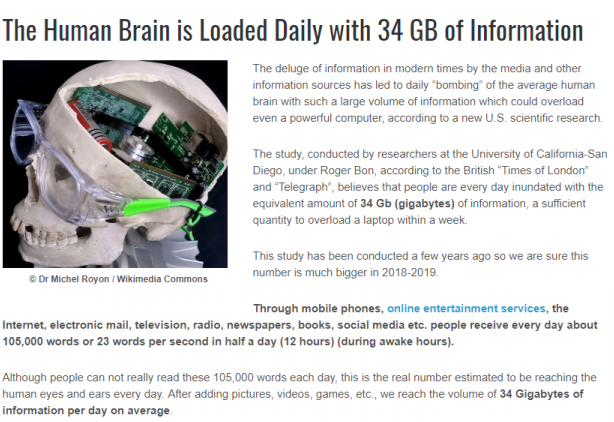So, now that we have the target groups/personas defined we can level up to actually thinking about what we want to say to them. 🎤
So let’s talk communication.

https://sloanreview.mit.edu/content/uploads/2018/06/GEN-Tenhiala-Formality-Communication-1200-300×300.jpg
And this transmission of the message from sender to recipient can be affected by a huge range of things, like:
- our emotions
- the cultural situation
- the medium used to communicate
- and even our location
So let’s say it loud, communication is not easy and it’s not a surprise that communication skills are considered so desirable by employers around the world and are an often found requirement in many job postings. “We are looking for someone with excellent communication skills…” Ring a bell? 😊
And communication from this perspective has been difficult always but there is a certain element of contemporary society that makes it even harder nowadays.
Since the beginning of the internet, the volume of information has been growing exponentially.
Some call it the war for attentions, others say information overload, and even more creatively – “infoxication”, “infobesity”, and data smog.
As much as the digitalization of our society has improved many aspects and overall quality of life we know that there are certain down sides and this is namely one of them.
To be fair and clear this phenomenon is not limited to the Internet. The increase of number of options is happening all over the place. You can fell it any time you go to the supermarket and need to decide between 10-20 options of milk, bread, etc. When you want to buy a car or decide what school you want to attend.
Simply the desire of man to resolve the shortage of resources and advance the industry has now created a situation in which all these newly built capacities need to be used somehow in order to justify their existence and secure their economic faith.

https://www.tech21century.com/the-human-brain-is-loaded-daily-with-34-gb-of-information/
There is a multitude of issues that arise from information overload, but the ones worth considering here (that will help us to better tailor our communication offering) are:
- decision-making of the person consuming the information becomes a real challenge and,
- the fact that it is much harder to break through the clutter and actually deliver the message in such harsh competition.
Consuming large volumes of information tires our mind. Making decision is an energy-consuming process. When your brain is tired from processing too much information at one time, the last thing it needs is another energy-consuming process like decision-making. That’s why even minor decisions such as which color t-shirt to pick or what sort of tea to buy can feel so challenging when you’re overloaded with information.
On the other hand it is difficult to control your attention. It has to do with the science of our brain and brain attention. We aren’t that great at paying attention to what we decide to pay attention to — the voluntary control of our brain is weak by default. We are easily distracted by as Daniel Goleman explains in Focus: The Hidden Power of Excellence: sensory distractions (things happening around you) and emotional distractions (your inner dialogue, thoughts about things happening in your life).
So when we put together 1+1; the brain fog coming from increased quantity of data available to us and the fact that deliberate attention is hard work you can only lead to the conclusion that as an organization you really need to devote time to becoming a master ninja of communication and developing messages that will resonate with your target audience.
